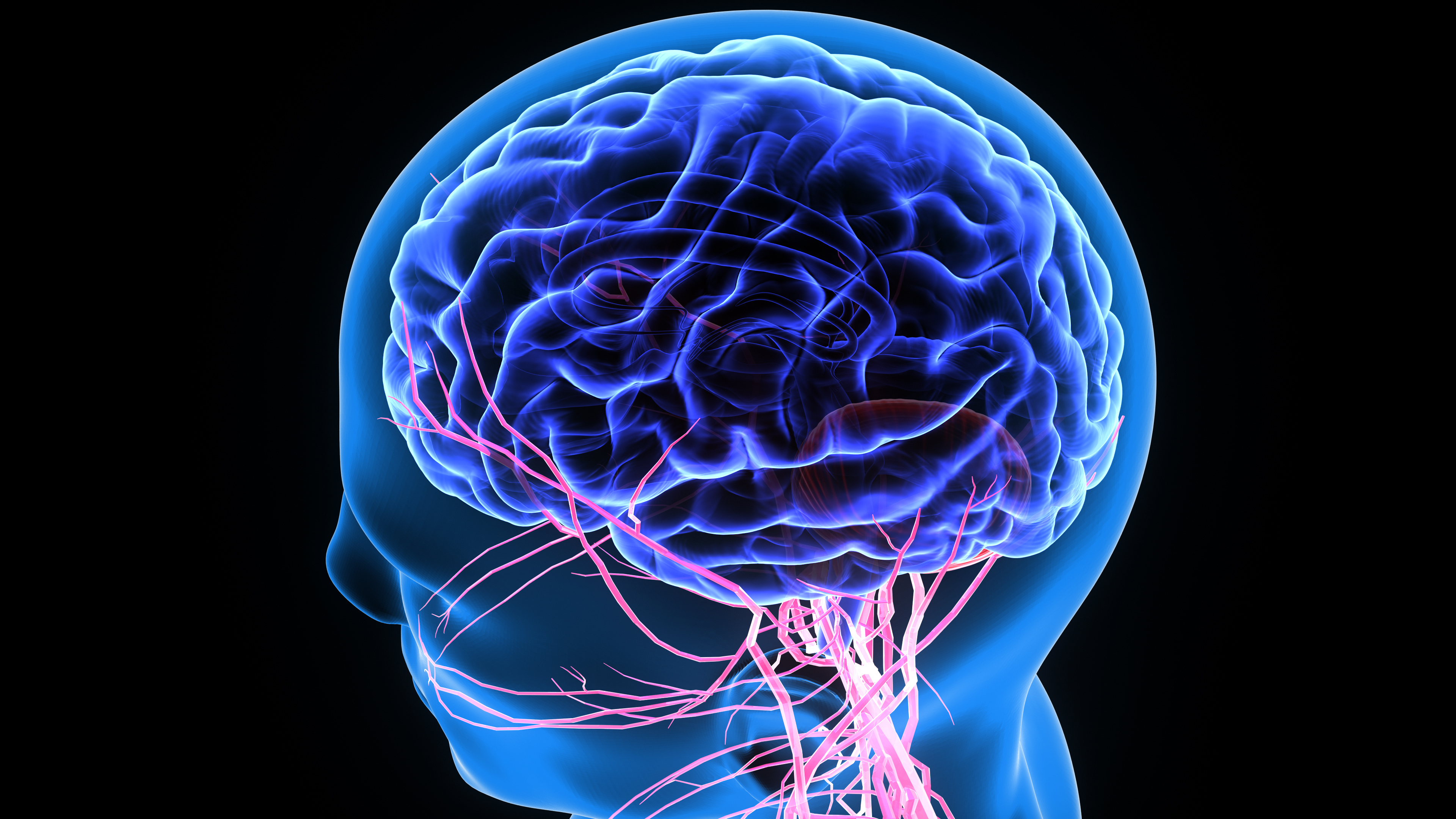Our entry point into all this was actually fruit flies, so Drosophila. The reason for that was that their gastrointestinal tract is relatively complex, but it’s a much simpler digestive system to work with. They also have nerve cells in the gut. But we can actually map or characterise all these different cells and what each cell does. So that’s what we’ve been doing over the years, and we realised that they do pretty interesting stuff.
For example, we’ve learned that there’s a particular subset of these nerve cells that integrate, that actually learn that the female fly is reproducing. These nerve cells are normally quiet. They’re not firing; they’re not doing anything. They’re just there, in males and in females. Then, when the fly reproduces – so when the fly has mated, and it begins to make loads of eggs – these nerve cells are awakened and begin to fire. This firing changes how the stomach-like organ in the fly contracts, and this in turn increases food intake.
What we think is happening is that these neurons relay this reproductive information through the digestive system, though the nervous system, so that the female fly increases food intake during reproduction. That makes sense because female flies, like us when we make babies, have additional nutritional needs. If we increase food intake, it helps with the developing progeny, with the developing baby.
But the interesting thing is that it’s only a subset of neurons that do this specifically in mated females. They exist in males, and they exist in females. They are silent, and then they awaken or begin to function during reproduction. So plasticity extends beyond the gut itself and beyond stem cells; it even encompasses the nerve cells that populate this intestine.


